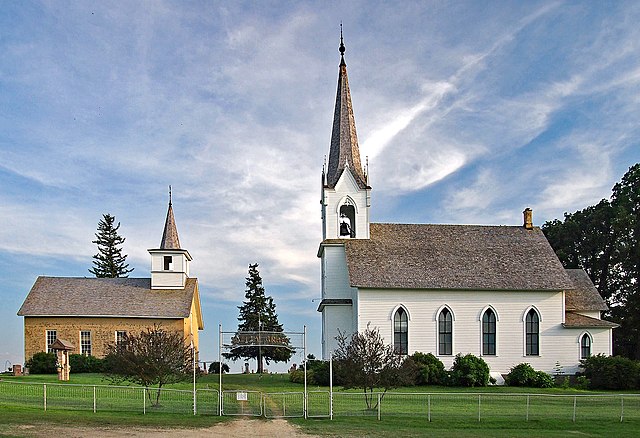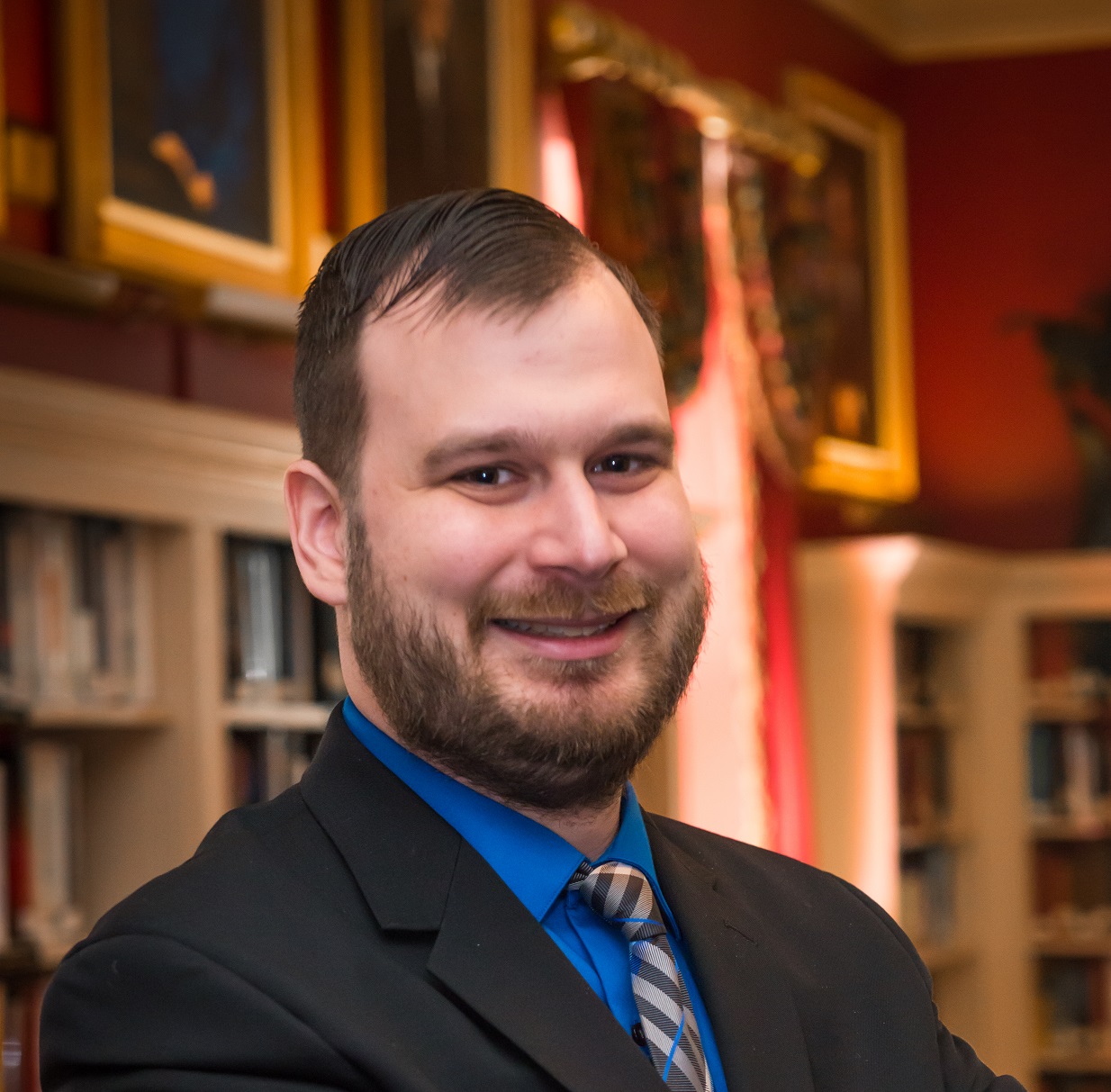The Acorn newspaper, based outside of Los Angeles, recently published my op-ed, “A Tale of Two Denominations,” examining the contrasting directions of the mainline United Methodist Church (UMC) and the evangelical Assemblies of God (AG), nationwide and especially in the Southern California region. The UMC is rapidly declining amidst internal theological as well as ethnic divisions, while the AG’s rapid growth appears to be helped by how it has combined of theological unity with ethnic diversity.
You can begin reading this op-ed, “A Tale of Two Denominations,” below.
Two of America’s largest Protestant denominations are the United Methodist Church and the Assemblies of God. Both have long histories in Southern California and some shared beliefs, including ordaining women, that set them apart from other Protestants.
But official statistics, which typically have a couple years of lag time, for the decade immediately before the pandemic show these denominations have been on very different trajectories, especially regionally.






Comment by David on October 25, 2021 at 4:23 pm
Immigrant churches are likely to do better in the future than those that depend on the shrinking White population. In regard to the bishop situation, I would say one has to be aware of certain feelings among Asians. I live in a primarily Asian area. Yet there are divisions between various groups. Chinese and Koreans appear to mutually avoid each other with well-defined areas. Japanese, who do not live here, are disliked by both groups because of WWII. South Korea still protests over incidents of the war. Whites are not always so liked as well by some groups here.
Comment by jeff on October 26, 2021 at 6:55 am
There is one more AOG District in Southern California. The Southern Pacific District which is a Spanish region. they have 342 churches.
Comment by Steve on October 26, 2021 at 9:33 am
The decline of mainstream churches has a whole lot more to do with the rise of the nones and a whole lot less to do with low white birthrates than David likes to make out.
Comment by David on October 26, 2021 at 12:41 pm
In 2018, 50% of adults polled said they belonged to a religious congregation, down sharply from the 70% who said so as recently as 1999. That figure fluctuated only a few percentage points over a period of six decades beginning in 1937 — the first year of the survey — when 73% of U.S. adults said they belonged to a church, synagogue or mosque.—Gallup
However, Gallup points out that demographic shifts, not a sudden disaffection among the religious, appear to account for much of that change, “with those in older generations who were likely to be church members being replaced in the U.S. adult population with people in younger generations who are less likely to belong.”
Comment by Steve on October 26, 2021 at 1:11 pm
Like I said, David, rise of the nones. The demographic shift you’ve mentioned is age based, not race. In other words, churches failed to hold onto the children of the baby boomers.
Comment by Steve on October 26, 2021 at 2:28 pm
The same Gallup article you have cited also indicates that being liberal/progressive correlates to decline:
“In addition to Protestants, declines in church membership are proportionately smaller among political conservatives, Republicans, married adults and college graduates. These groups tend to have among the highest rates of church membership, along with Southern residents and non-Hispanic Black adults.”
Comment by Steve on October 26, 2021 at 3:37 pm
Also, at no point does the Gallup article report a “sudden disaffection”. I do note a chart that covers the decline in the religiously affiliated, and sure, it doesn’t reflect a sudden precipitous event such as killed the dinosaurs, but it does show declines beginning at the year 2000 and accelerating exponentially thereafter. In other words, it’s a downward curve after 2000. People were complaining about mainline clergy’s obvious lack of belief even back in 2000, and that appears to have rubbed off on the following generations. Why support clergy that obviously doesn’t doesn’t believe what they’re professing?
Comment by Mark Cartner on October 27, 2021 at 12:43 am
From Wesley to Methodism to 2nd great awakening to mainstreaming to decline to Parham to Pentecostalism to Seymor to Assemblies ascent to UM schism and, God willing, a Wesleyan Methodist rebirth very soon. What a glorious mess.
Comment by Barbara on October 30, 2021 at 1:55 pm
Methodists used to have revivals and they preached in an emotional manner and went into various towns in America and brought sinners to God. Now, they don’t do any of that, and some of them do the exact opposite. It would be worse than a waste of time to go to some of the Methodist Churches today. It would be sinful.
Comment by Paul Zesewitz on October 30, 2021 at 2:52 pm
I used to think ordination of women in the Church was evil in its purest form, just because of what St. Paul said in 1 Timothy 2:12 (ESV): “I do not give permission for a woman to teach or have authority over a man. Rather, she is to remain quiet.” Die hard evangelicals use this text as a reason to ban ordination of women. Seems to me if Paul were really against ordination of women, he would have used the word PREACH, and not ‘teach’, as used here. Sounds like this text bans women from teaching Sunday School, if anything. But even Paul has his superior one way or the other.
There is another discussion I hear most frequently, namely that Jesus’ disciples, all male, ran off and hid during the crucifixion and resurrection, while women were there at the cross when Christ died and were the first to the tomb after the resurrection, then going to tell everyone about it. So, technically, women were the first to spread the Gospel. I think the ordination of women is up for grabs. and therefore I don’t fault any church, Assembly of God or other, that chooses to ordain women.